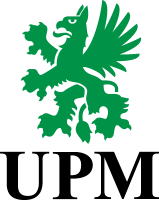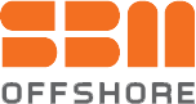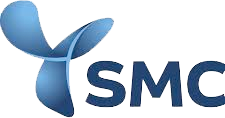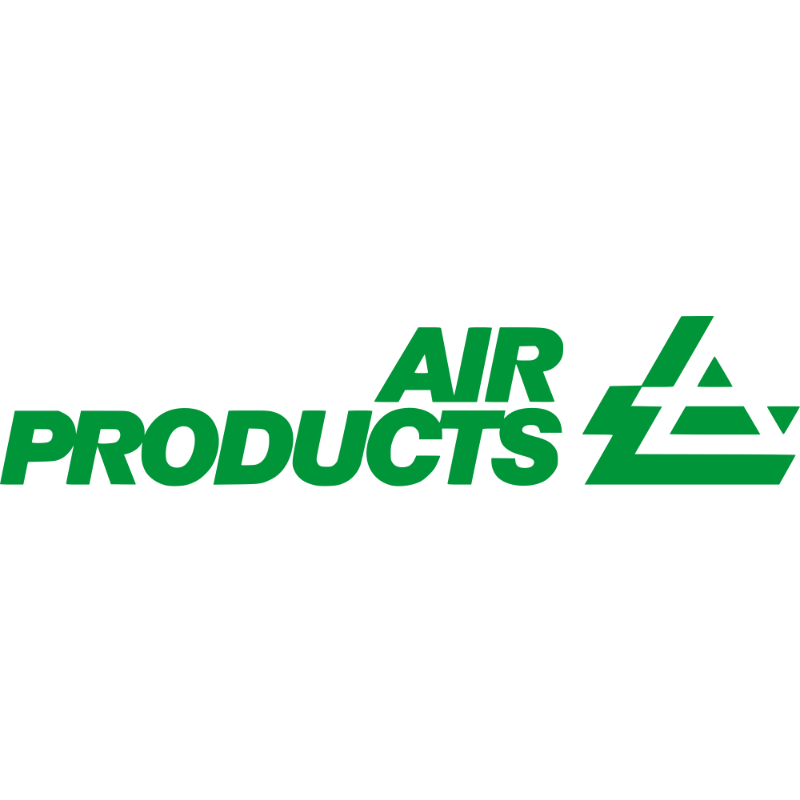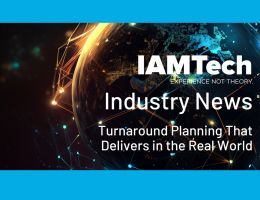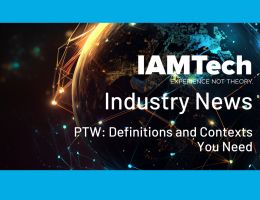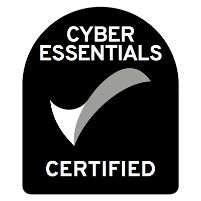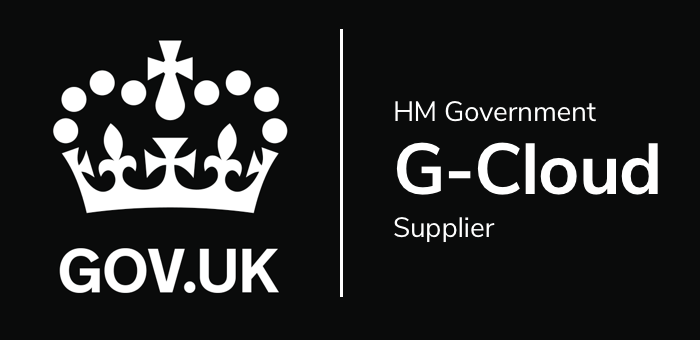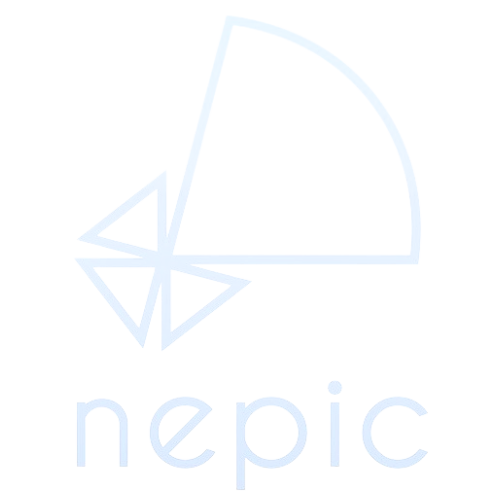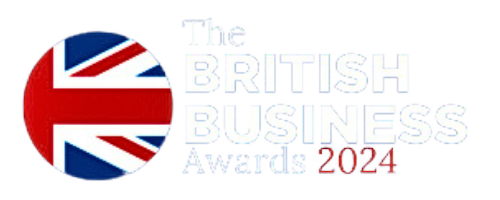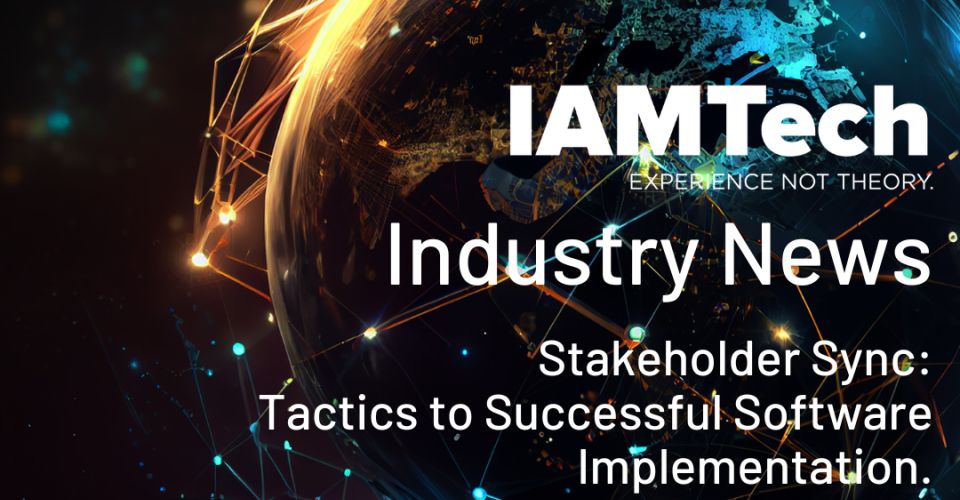
The right industrial software can be a game-changer. However, the journey from the selection of a software solution to full utilisation is fraught with challenges. The secret ingredient? Unfortunately, there isn’t a one-size fits all solution for every organisation.
There are common missteps that we have observed over our two decades of software implementation that we are going to share with you how to avoid! In our last newsletter we talked about ‘speaking the same language as your software provider’ or enhancing the software integration experience by aligning your language/terminology with that of your software providers.
This week we are discussing stakeholder involvement, engagement, and empowerment from the get-go of any software project.
Early Engagement is Critical
Early involvement of stakeholders in the software selection and implementation process cannot be overstated. Rather than casting a wide net across large user communities, successful projects focus on representation from every critical job role within the organisation from Day One! You must involve key stakeholders in the evaluation of the products available and defining your requirements.
For STO software this could be from the planner and the scheduler to the maintenance manager and the site director, each role brings unique insights that are crucial in defining the requirements of the software. This isn't just about ticking boxes; it’s about weaving the fabric of the project with the threads of detailed, role-specific knowledge and expectations.
“Stakeholder involvement should be part of the market analysis of whatever software product you are buying”.
The Decision-Making Impact
When stakeholders are involved early in the decision-making process, it enhances the suitability and acceptance of the technology. This approach turns key users into champions and ambassadors of the software within the organisation. They don't just use the tool; they believe in it and promote its adoption, naturally spreading its benefits through the ranks. This endorsement is invaluable and can mitigate the resistance often encountered when new systems are introduced.
Conversely, introducing stakeholders to the software post-purchase can lead to resistance and the dreaded feedback: “This isn’t fit for purpose.” When stakeholders first see the software during training, it's often too late for critical buy-in. The opportunity for them to feel invested and to influence the outcome has passed, and their engagement can feel more like an imposition than an integration.
Empowerment and Resource Allocation
True empowerment of stakeholders is more than just involving them in meetings; it's about integrating them deeply into the project. This might mean reallocating their time from regular duties towards the implementation, or even bringing in additional resources to cover their roles temporarily. For example, a Turnaround Manager, tasked with leading the project while juggling extensive responsibilities across multiple sites, needs not only time but also the authority to make key decisions about resource allocation, scheduling, and more.
Empowerment also means stakeholders have the authority to act swiftly on issues as they arise, preventing bottlenecks. Without this, projects can stall, waiting on decisions that could have been expedited if stakeholders were adequately empowered.
As an example, an empowered decision maker will be able to decide which fields of data will be updated between your ERP, your STO software and the scheduling tool, by whom and when!
Conclusion: A Unified Front
The essence of successful industrial software implementation hinges on how well stakeholders are integrated into the process. By involving them early, freeing up their time, and empowering them with decision-making capabilities, organisations can not only enhance the acceptance and utility of the software but can transform it into a pivotal tool for operational success.
“Organisations often make the mistake that when they have bought a product, spent a lot of money on it, that it will have an instant benefit…but if people don’t use it, or use it properly or well then it won’t get you any results”.
In essence, for organisations looking to maximise their investment in new technologies—sync with your representation from all key stakeholders from the very start!
This newsletter has been based on ‘Secrets to a Successful STO’ a talk by Ross Coulman (MD, IAMTech) and any quotes are attributed to him.



